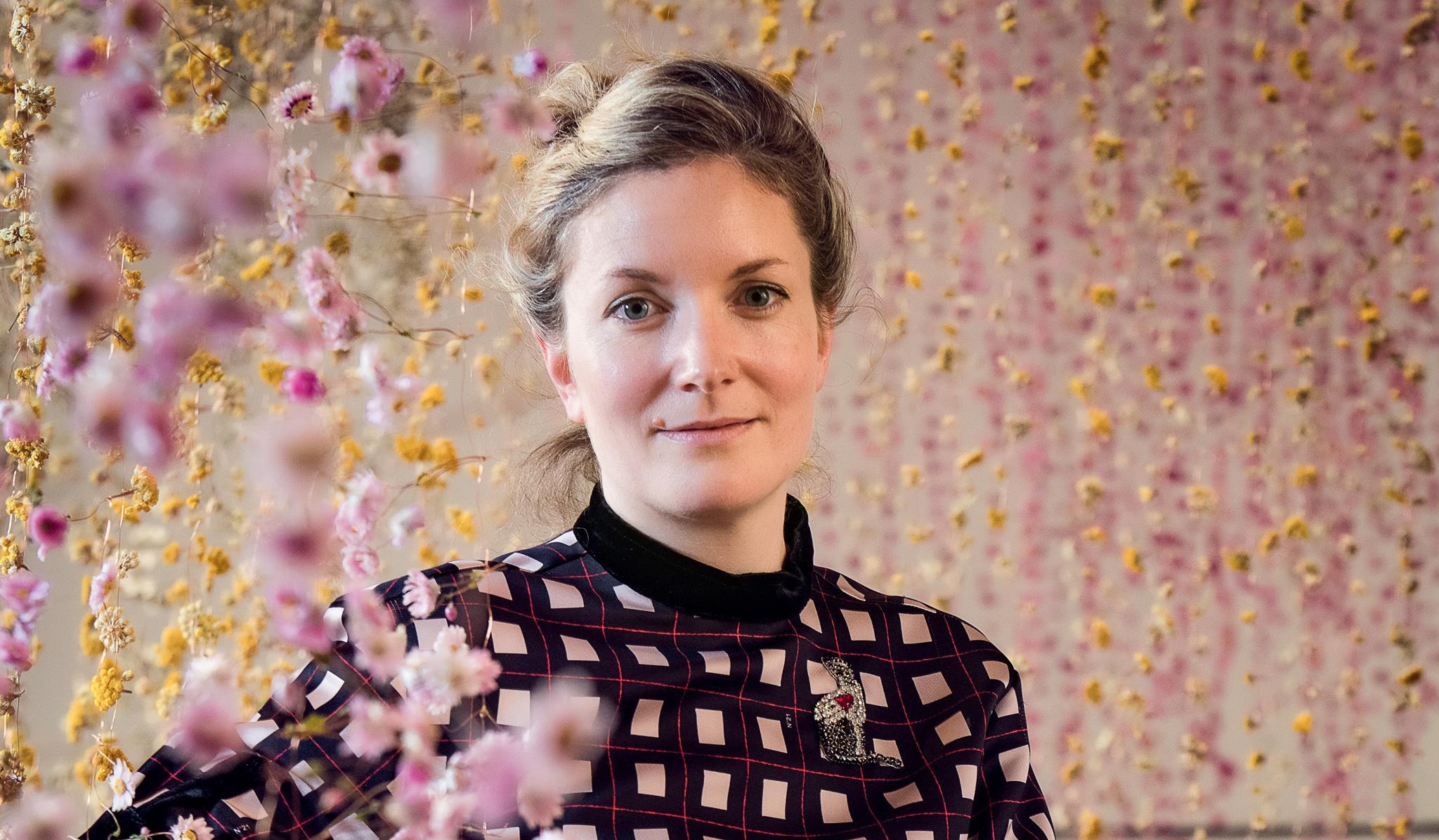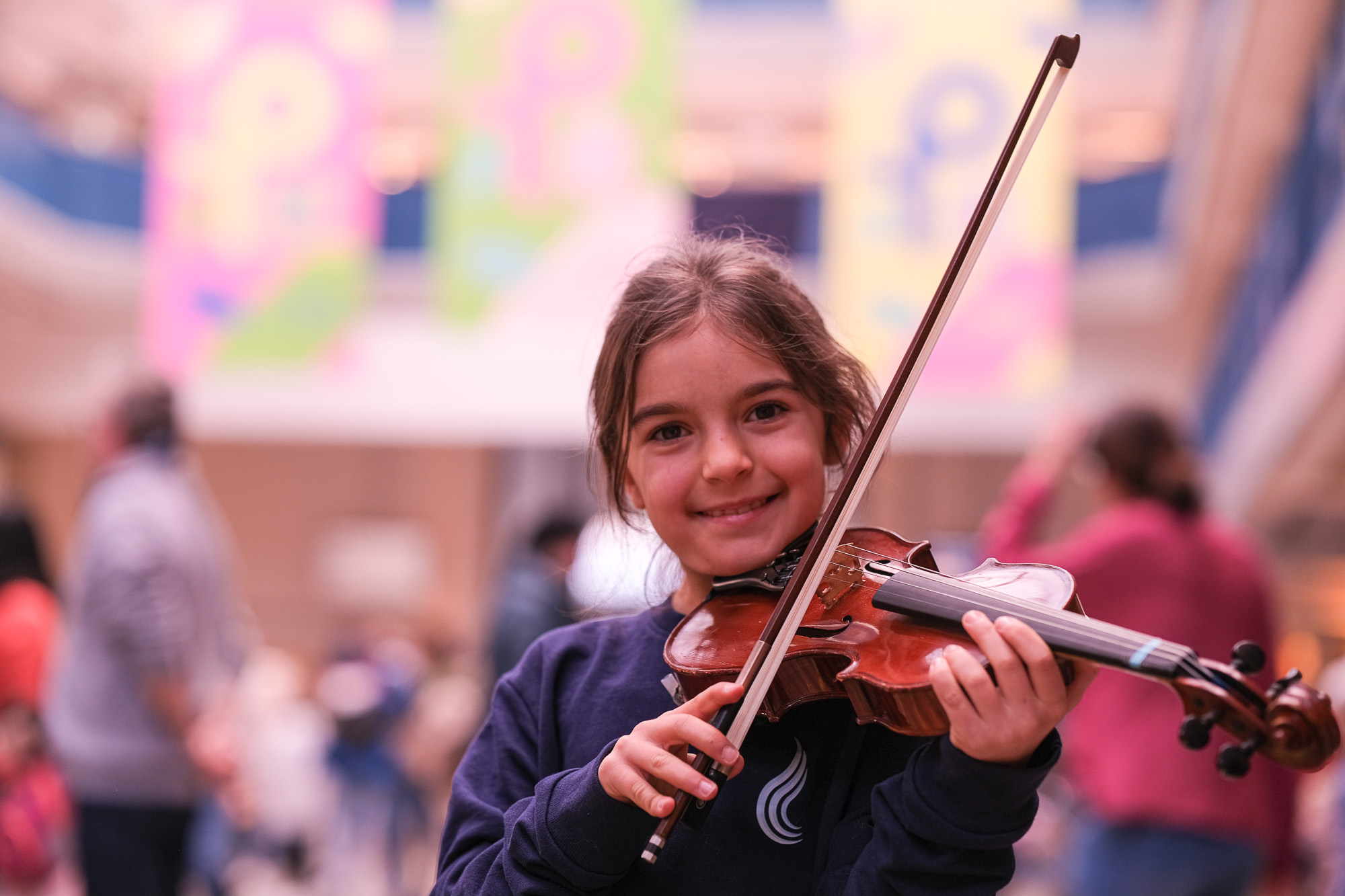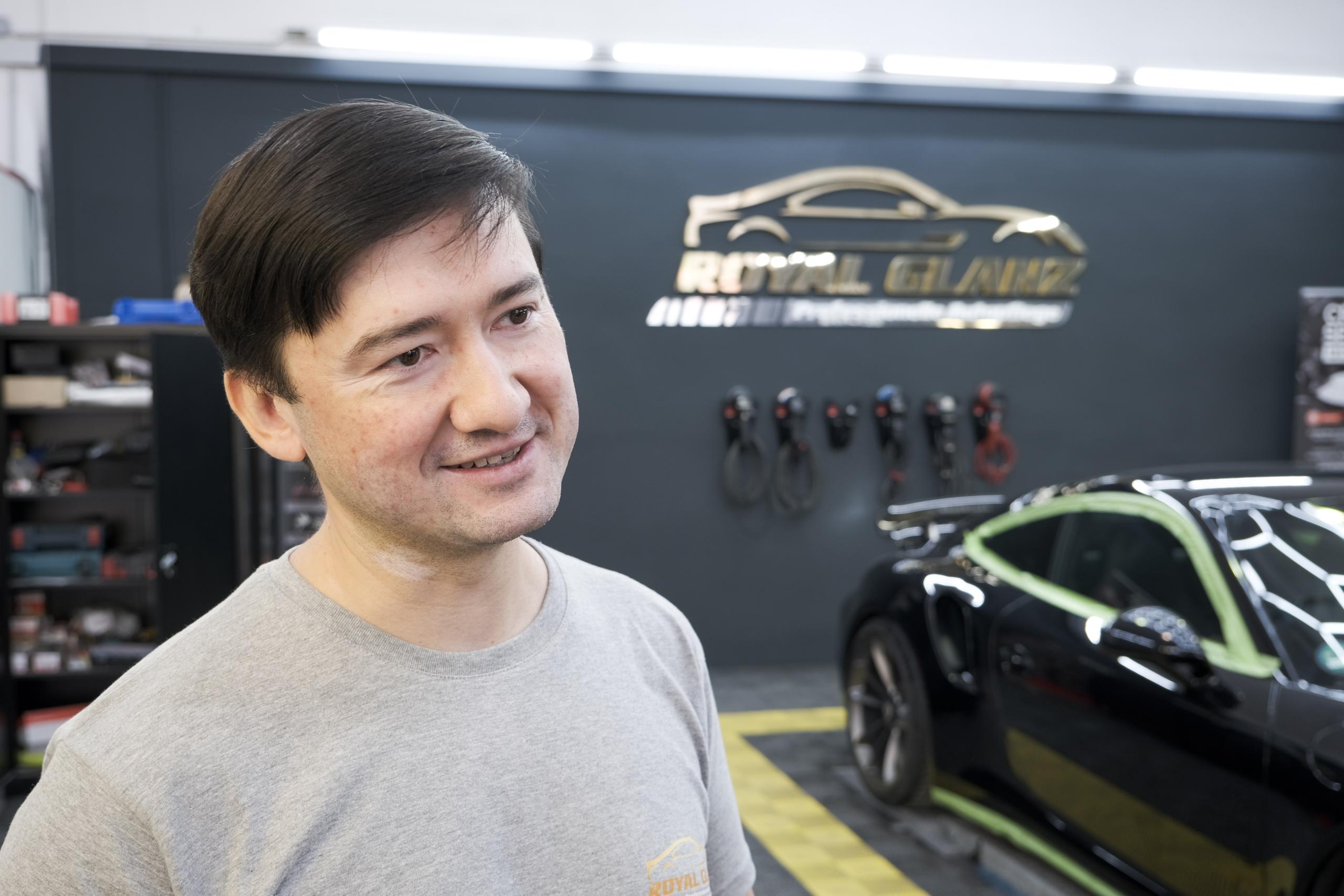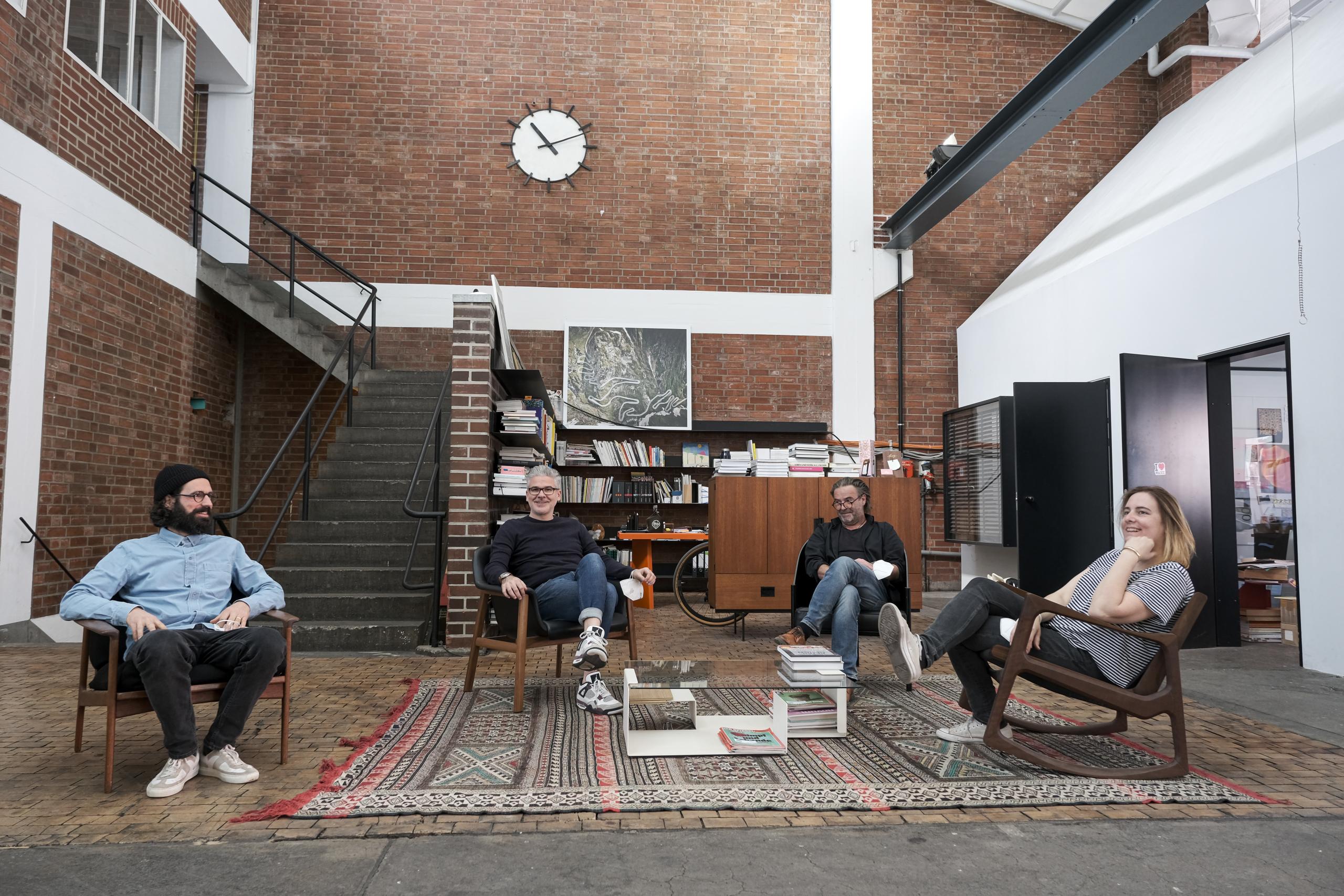The flower has a long and rich cultural history. What interests you about working with real flowers or nature?
The flower is a gift. A symbol of life. A sacred reminder of the past and a celebration of the present. The flower evolves and survives. The many layers of our human history have been entwined with the flower. I love using the flower as a sculptural art material. It allows me to create artworks that connect us to nature. A necessity amongst the many distractions we have today.
How important is the sustainable use of natural resources to you?
Very important. The resources are not infinite. We need to use less. Living a sustainable life has been made incredibly difficult. Distraction and consumerism have filled in gaps where we need time, peace, and a place to connect to nature. Identifying healthy and thoughtful changes we can make as consumers is vital for a healthy life and planet.


“It takes a long time for people to realise that flowers are an art material, not just a surface that is all about beauty. It’s about experiencing and appreciating nature, respecting nature.”
Your artworks are often community projects in which you network people from a wide variety of contexts. What attracts you to such participatory community projects?
I grew up with parents that always wanted to connect people. My father was a gardener for The National Trust in the UK and he headed up initiatives that connected community groups to work together gardening. After university I helped my father with a few art projects, and I could see the benefits for everyone. The participation in making something whilst getting to know new people was something I wanted my art to do. I could see the areas in my practice that I could share, and I started asking institutions to support me in my vision. Local hands working with local material. Sharing the process of making is extremely rewarding. I’ve seen neighbours meet neighbours and walk away having exchanged phone numbers whilst also having a sense of ownership with an artwork.
The participatory “Calyx” installation is part of the exhibition “Flowers Forever. Blumen in Kunst und Kultur” (“Flowers in Art and Culture”) at Kunsthalle München. The exhibition kicks off the 2023 Flower Power Festival, which will plunge Munich into a floral frenzy for eight months under the motto “Celebrating nature in the city”.
About the exhibition in Kunsthalle München
Flower Power Festival at the Gasteig
Text: Anna Steinbauer





